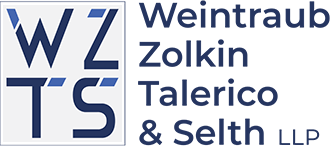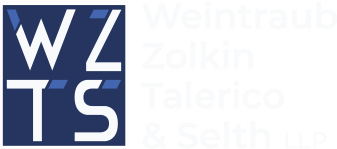Starting a new business is hard and it’s nervewracking. While you didn’t plan to fail, you also didn’t fail to plan. As a sole owner, you no-doubt looked into the various start-up options to determine which tax entity would offer you protection from personal tax liabilities, as well as asset protection in the event of bankruptcy.
As business slows, as it always does in any business’ life-cycle, you may have commingled your personal resources with your business needs, or dipped into business assets to meet personal obligations. But are you starting to commingle your personal and business financial resources too frequently? It may be one of the signs that Chapter 11 bankruptcy may be your best option.
This post, we’ll look at some signs to take into consideration when deciding how to move forward.
Meeting your cash flow needs
Most small businesses operate on cash flow. If your business is an original equipment manufacturer (OEM), you likely have many of your best customers set up on a net 30 or net 60 payment plan. You count on the collection of your accounts receivable not only for daily business operations, but also to meet debt service. If you find yourself consistently struggling to meet your payment obligations for debt service, payroll, employment taxes, materials and vendor services, or if you are “upside down”, meaning your assets are worth less than your obligations, you should consider looking at a big picture option to restructure your company’s debt obligations.
You are growing concerned about your personal assets
If you operate your business as a sole proprietor, your personal assets are already commingled with business assets and your have personally liability for debts owed to business creditors. The option of simply closing your doors may mean personal financial disaster. Your creditors have the right to seek repayment from your personal assets.
Even if you set up your business as an LLC to protect your personal assets from creditors, a court may strip that protection away from you if it determines you regularly mixed your personal finances to support your business.
You are out of refinancing options
For many businesses, successful growth requires an infusion of capital, and that often means refinancing debt at critical times. But banks know the difference between refinancing to provide additional opportunities for growth or refinancing to stave off creditors at the door. If you have considered going to the bank to refinance a previous business loan only because of cash flow problems or to avoid dipping into personal finances again, it may be time to take a serious look at the likelihood that you need the long-term breathing room afforded by Chapter 11 protection.
Be honest with yourself
Chapter 11 bankruptcy for businesses is not admitting failure. It is often the best way to eliminate substantial amounts of debt and get additional time to pay taxes, bank debt and critical vendors while you plan and build for future success. Being honest with yourself about how you are meeting your debt obligations and whether you can continue on your current path is often the first step toward a successful restructuring.

